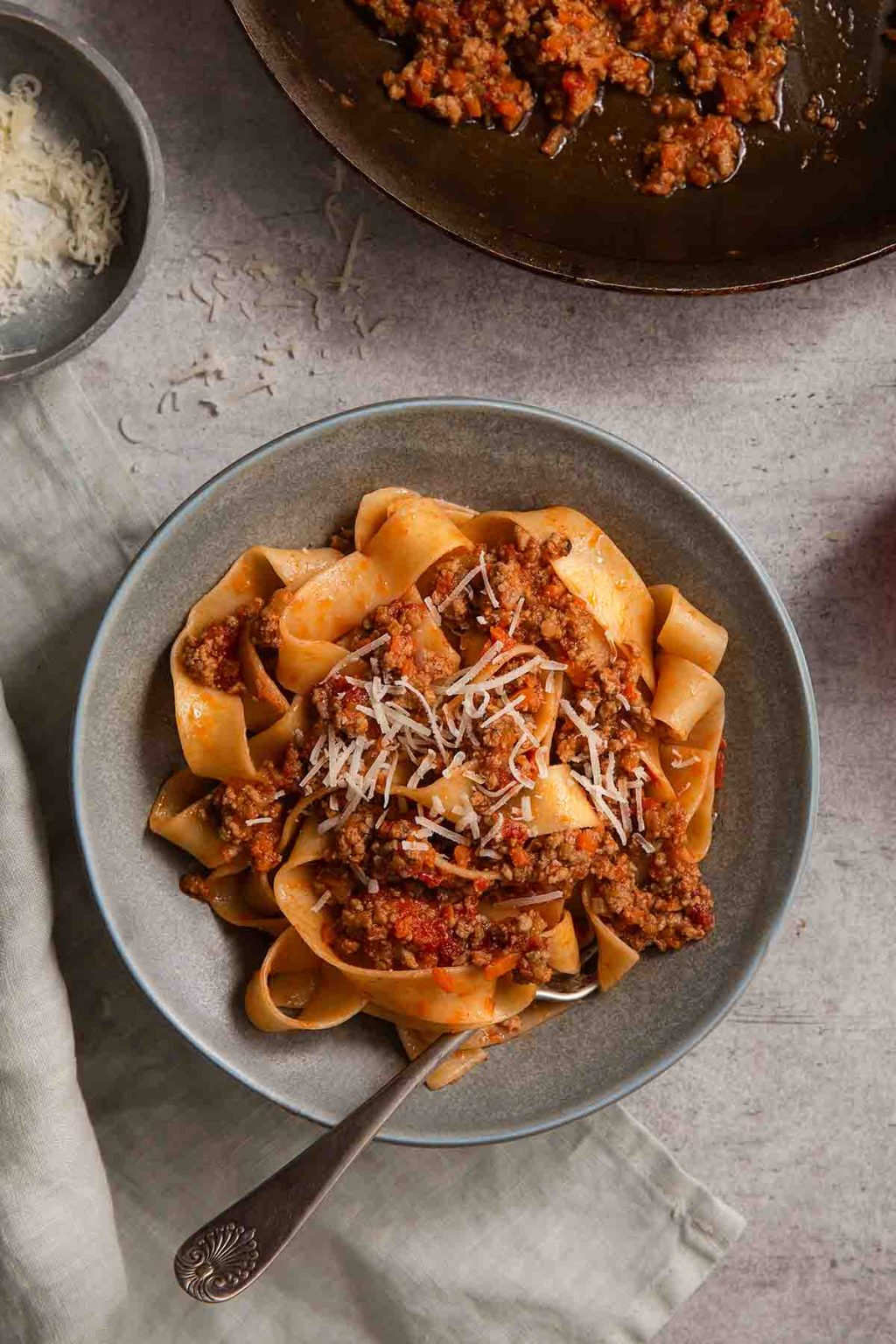A Michelin-starred chef has sparked a surprisingly passionate debate among home cooks after revealing the one ingredient he believes no proper Spaghetti Bolognese should ever be without — and it is not cream, wine or an obscure Italian import. It is, quite simply, milk.
Paul Foster, the acclaimed chef behind Salt in Stratford-upon-Avon, has lifted the lid on his signature technique, insisting that milk — not cream — is the key to achieving that rich, silky finish so many people try to recreate at home. His revelation has prompted thousands of cooks to question whether they have been making the beloved dish the wrong way for years.
Why Milk Makes All the Difference
While many home cooks reach instinctively for cream when they want to add depth and softness to a Bolognese, Foster argues that milk delivers a far more refined result. And he is not alone in that belief.
Mimi Morley, Senior Recipe Development Manager at food box delivery service HelloFresh, fully agrees that a splash of milk can elevate the entire dish.
“Adding milk to your Bolognese might sound a bit unusual, but it’s one of those little tricks that really transforms the sauce,” she explains. “It evens out the sauce, making it feel more complete.”
Milk, she says, works quietly in the background to soften acidity, smooth out the texture and amplify the natural richness of the meat. The result is a sauce that is velvety without being heavy.
Cream, on the other hand, can sometimes work against the dish. “While cream isn’t necessarily bad, it can coat the sauce and stop the flavours from developing properly,” Morley adds. “Milk softens the acidity of the tomatoes and helps tenderise the meat as it cooks.”
The technique actually nods to tradition. In Bologna, classic ragù recipes often incorporate milk to mellow the tomatoes and enrich the meat — a detail that many modern home cooks have long overlooked.
Two Extra Tips for a Next-Level Bolognese
For anyone keen to take their Spag Bol from good to outstanding, Mimi offers two further bits of advice that she promises make a measurable difference.
1. Slow is always better.
While most people are used to throwing a weekday Bolognese together in under an hour, she recommends resisting the urge to hurry.
“Of course, a quick version is fine if you’re pressed for time,” she says. “But letting it simmer gently for around three hours really does make all the difference. The longer it cooks, the richer and glossier it becomes.”
A long, slow cook allows the flavours to meld, the meat to soften and the sauce to thicken naturally — giving that restaurant-quality sheen and depth.
2. Don’t fear the unexpected.
Her second tip may cause raised eyebrows, but she insists it is worth trying.
“If you want to make it extra special, try stirring in half a teaspoon of soy sauce while it simmers. It sounds unconventional, but it gives your Bolognese a richer, meatier flavour without tasting like soy sauce.”
The umami boost helps enhance the savoury notes of the meat, adding subtle complexity without altering the essence of the dish.
A Tradition Reinvented?
Foster’s milk-first approach may seem like a modern culinary hack, but for many chefs, it is a nod to authenticity rather than a reinvention. It is a reminder that Italian home cooking often relies on humble, thoughtful additions — not flashy extras — to build perfect balance.
Whether this revelation will convert long-time skeptics remains to be seen, but the online response suggests many are already rethinking their go-to recipe.
After all, if the key to a smoother, richer, more velvety Bolognese really is sitting in the fridge next to the butter, home cooks may have just found their easiest upgrade yet.



